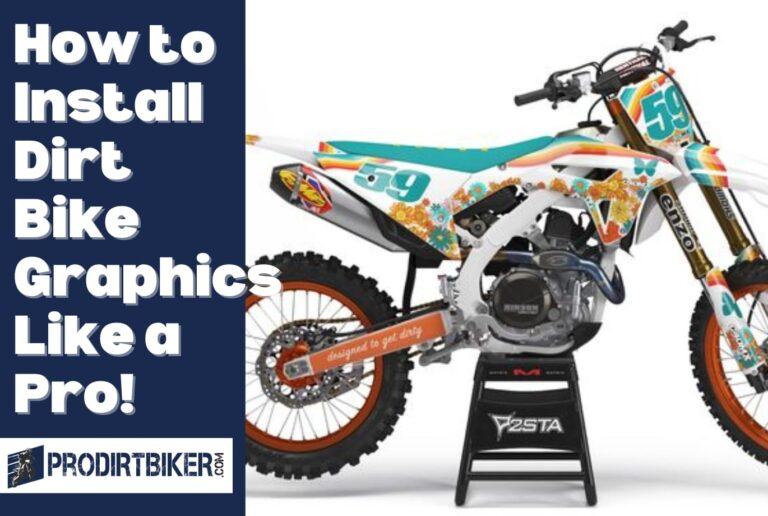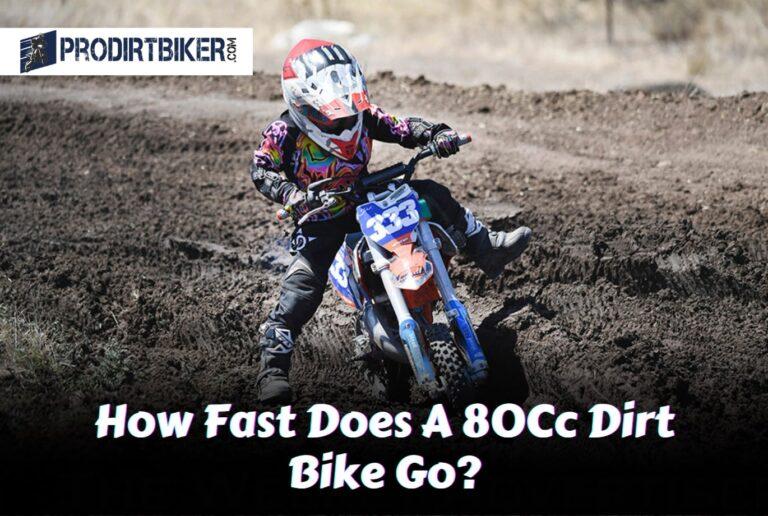How Far Can a Motorcycle Go on a Tank of Gas? Find Out Now!
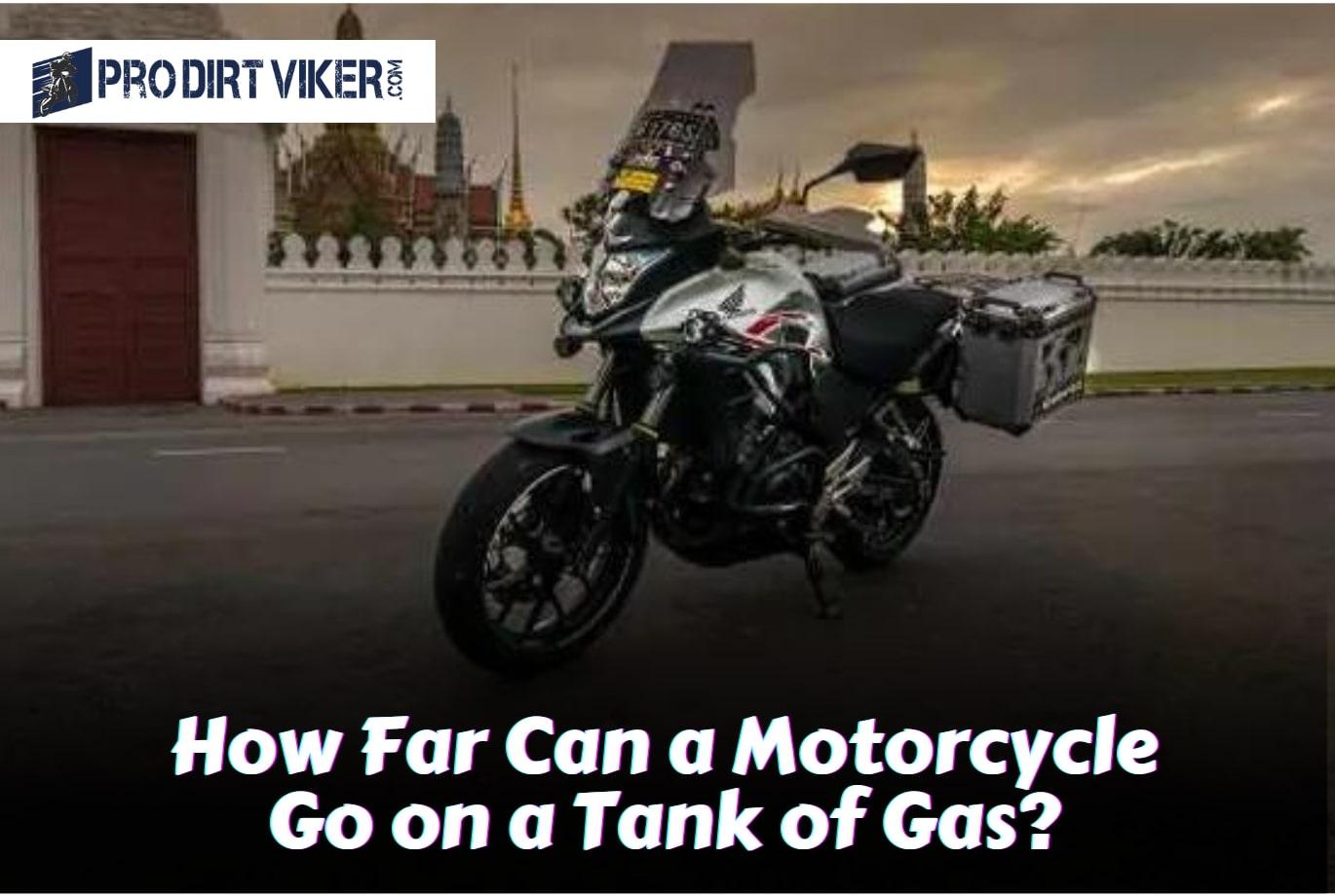
Whether you’re a seasoned rider or a beginner, one question that often comes to mind is, “How far can a motorcycle go on a tank of gas?” Understanding your motorcycle’s fuel efficiency is essential for planning long rides or commutes, as well as budgeting for fuel costs.
In this blog post, we will explore the factors that can affect a motorcycle’s fuel economy and provide tips on how to maximize your bike’s mileage. So if you’re curious about how many miles you can squeeze out of a tank of gas, keep reading!
How Far Can a Motorcycle Go on a Tank of Gas?
A motorcycle can travel approximately 100-200 miles on a single tank of gas. Motorcycles have become a popular mode of transportation due to their fuel efficiency and ease of maneuverability.
Determining how far a motorcycle can go on a tank of gas depends on several factors, including the motorcycle’s make and model, engine size, riding conditions, and your riding habits. Here’s a step-by-step guide to help you estimate your motorcycle’s range on a tank of gas or how Far Can a Motorcycle Go on a Tank of Gas:
Step 1: Know Your Motorcycle
Understanding your motorcycle’s specifications is crucial. Look up your motorcycle’s owner’s manual or check online resources for information on its fuel tank capacity and estimated miles per gallon (MPG) or kilometers per liter (KPL). These figures will serve as your baseline.
Step 2: Fuel Tank Capacity
Find out your motorcycle’s fuel tank capacity, usually measured in liters or gallons. This information can often be found in the owner’s manual or on the manufacturer’s website.
Step 3: Calculate Estimated Range
To calculate the estimated range, divide the fuel tank capacity by the motorcycle’s MPG or KPL. The formula is as follows:
Estimated Range (in miles) = Fuel Tank Capacity (in gallons) x MPG
or
Estimated Range (in kilometers) = Fuel Tank Capacity (in liters) x KPL
For example, if your motorcycle has a 4-gallon fuel tank and gets 40 miles per gallon, the estimated range would be 4 gallons x 40 MPG = 160 miles.
Step 4: Adjust for Riding Conditions
Real-world riding conditions can significantly affect your motorcycle’s fuel efficiency. Factors like wind resistance, terrain, rider weight, and traffic can impact fuel consumption. Consider making adjustments to your estimated range for these conditions.
- Highway vs. City Riding: Motorcycles tend to be more fuel-efficient on highways than in city traffic, so adjust your range accordingly if you plan to do a lot of city riding.
- Rider Weight: Heavier riders may experience slightly lower fuel efficiency.
- Wind Resistance: Riding into a strong headwind can decrease your mileage, while tailwinds can improve it.
- Terrain: Hilly or mountainous terrain can reduce your MPG compared to flat, straight roads.
Step 5: Monitor Your Riding Habits
Your own riding habits play a significant role in your motorcycle’s fuel efficiency. Riding aggressively, constantly accelerating and braking, or maintaining high speeds can lead to decreased mileage. Try to adopt fuel-efficient riding habits, such as smooth acceleration and maintaining a consistent speed.
Step 6: Test Runs
For a more accurate estimate, perform a few test runs on your motorcycle, keeping track of your mileage and fuel consumption. Fill up your tank, reset your trip odometer, and ride until you need to refuel. Record the distance you’ve traveled and the amount of fuel required to top up the tank. This will give you a real-world MPG or KPL figure for your specific riding conditions and habits.
Step 7: Plan Accordingly
Once you have a good understanding of your motorcycle’s fuel efficiency, plan your trips accordingly. Make sure you have enough fuel to reach your destination and consider refueling before you get too close to empty to avoid running out of gas.
Remember that these are estimates, and actual mileage may vary. Regular maintenance, tire pressure, and the quality of fuel can also affect your motorcycle’s fuel efficiency. It’s always a good idea to carry some extra fuel or have a plan in case you run out while on the road.
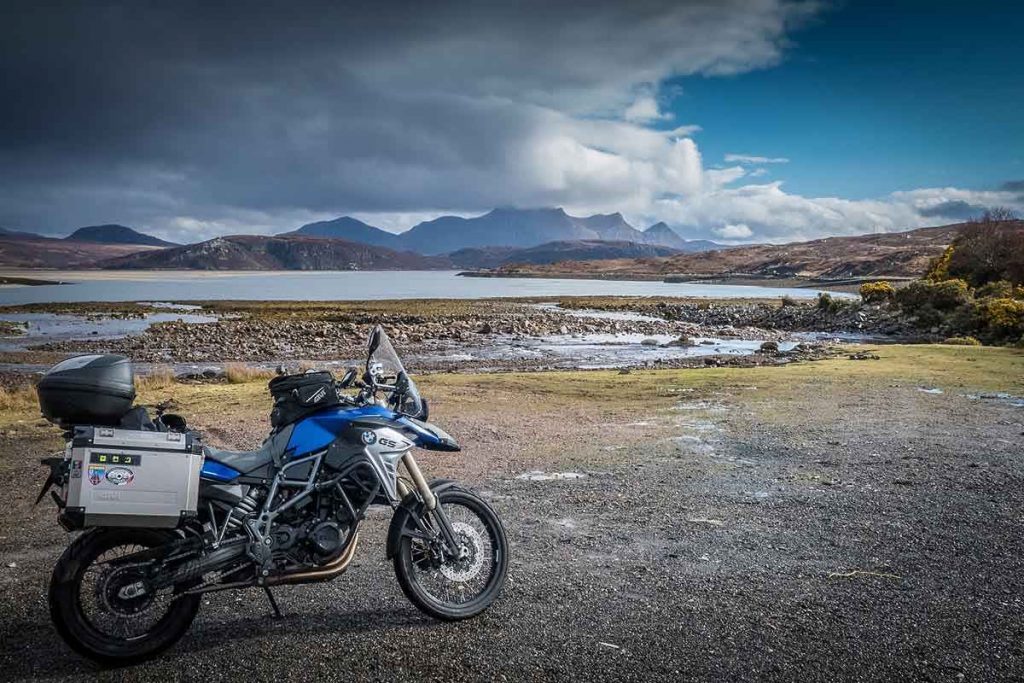
Factors That Influence Motorcycle Fuel Efficiency
As a motorcycle enthusiast, one of the key considerations in planning a long ride is how far you can go on a single tank of gas. The distance a motorcycle can cover on a full tank is influenced by various factors that determine its fuel efficiency.
Understanding these factors can help you make informed decisions and maximize the distance you can travel without needing to refuel. We will explore the key factors that influence motorcycle fuel efficiency.
Motorcycle Weight:
- The weight of a motorcycle plays a significant role in its fuel efficiency. Heavier motorcycles require more energy to accelerate and maintain speed, which consumes more fuel.
- Lighter motorcycles tend to be more fuel-efficient as they demand less energy to move.
Engine Size And Type:
- The engine size and type can greatly impact a motorcycle’s fuel efficiency. Smaller engines tend to be more fuel-efficient compared to larger ones, as they require less fuel to power them.
- Additionally, different engine types, such as two-stroke and four-stroke engines, have varying levels of efficiency.
Aerodynamics Of The Motorcycle:
- The aerodynamics of a motorcycle can significantly affect its fuel efficiency. Motorcycles with sleek and streamlined designs experience less drag, allowing them to cut through the air more efficiently and consume less fuel.
- On the other hand, motorcycles with bulkier or less streamlined designs may experience increased resistance, leading to lower fuel efficiency.
Riding Style And Habits:
- How you ride your motorcycle can have a considerable impact on its fuel efficiency. Aggressive acceleration, excessive braking, and high-speed riding can all contribute to increased fuel consumption.
- Maintaining a consistent speed, practicing smooth acceleration and deceleration, and avoiding unnecessary idling can help improve fuel efficiency.
Road Conditions And Elevation Changes:
- The conditions of the roads you ride on can also affect your motorcycle’s fuel efficiency. Riding on rough or unpaved roads can cause increased rolling resistance, resulting in higher fuel consumption.
- Additionally, elevation changes can impact fuel efficiency, as motorcycles may need to work harder when climbing uphill or use engine braking when descending.


Understanding these factors can help you make informed decisions to improve your motorcycle’s fuel efficiency and, consequently, the distance you can travel on a single tank of gas. By considering the weight of your motorcycle, the size and type of its engine, its aerodynamics, your riding style, and the road conditions and elevation changes, you can make the most of each gallon of fuel and enjoy longer rides without the worry of running out of gas.
So, before you set off on your next adventure, take some time to assess these factors and optimize your motorcycle’s fuel efficiency for a truly memorable journey.
Understanding Motorcycle Fuel Efficiency Ratings
Motorcycles are known for their sleek design, exhilarating speed, and the freedom they offer on the open road. But have you ever wondered how far a motorcycle can go on a single tank of gas? Understanding motorcycle fuel efficiency ratings can help answer this question.
From the importance of these ratings to how they are calculated, let’s take a closer look at what factors contribute to a motorcycle’s fuel efficiency and some popular models that boast high ratings.
The Importance Of Fuel Efficiency Ratings
Fuel efficiency ratings play a crucial role in determining how far a motorcycle can travel on a tank of gas. They provide riders with valuable information about a bike’s consumption of fuel and how it compares to other models. Knowing the fuel efficiency rating can help riders plan their journeys, budget for fuel expenses, and make environmentally conscious choices.
How Fuel Efficiency Ratings Are Calculated
Motorcycle fuel efficiency ratings are typically measured using standardized tests that simulate real-world riding conditions. These tests consider factors such as average speed, acceleration, braking, and idling time. The resulting measurement is usually expressed in miles per gallon (mpg) or liters per 100 kilometers (l/100km), depending on the region.
Here are a few key points about fuel efficiency ratings:
- The higher the mpg or lower the l/100km, the more fuel-efficient the motorcycle is.
- Ratings can vary depending on variables like engine size, weight, aerodynamics, and riding style.
- It’s important to note that actual fuel consumption may slightly differ from the stated rating due to factors such as road conditions and maintenance.
Factors To Consider When Interpreting Fuel Efficiency Ratings
When interpreting fuel efficiency ratings, it’s essential to keep in mind a few factors that can affect a motorcycle’s real-world performance. These include:
- Riding conditions: Fuel efficiency can vary based on road conditions, traffic, and weather.
- Riding technique: Aggressive riding, excessive idling, and frequent braking can decrease fuel efficiency.
- Maintenance: Regular maintenance, including proper tire inflation and clean air filters, can positively impact fuel economy.
- Accessories and modifications: Additional accessories or modifications may affect aerodynamics and fuel efficiency.
Considering these factors will help riders have a realistic expectation of fuel economy for their chosen motorcycle.
Popular Motorcycles With High Fuel Efficiency Ratings
There are several motorcycles on the market that offer impressive fuel efficiency ratings. These models combine performance, style, and fuel economy, making them popular choices among riders. Here are a few examples:
- Honda rebel 300: With an estimated 78 mpg, this lightweight cruiser is perfect for city rides and weekend getaways.
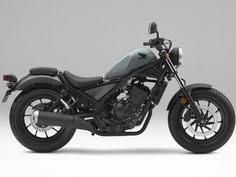
- Kawasaki ninja 400: This sporty machine strikes a balance between power and efficiency, delivering an estimated 55 mpg.
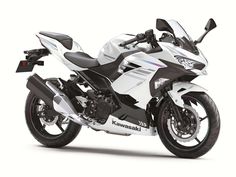
- Yamaha mt-07: This naked bike not only offers thrilling performance but also boasts a commendable fuel efficiency rating of around 58 mpg.
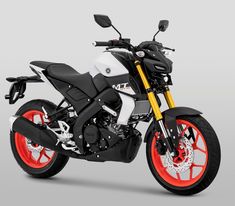
These are just a few examples, but many manufacturers are pushing the boundaries of fuel efficiency, proving that motorcycles can go the distance on a single tank of gas.
Understanding motorcycle fuel efficiency ratings is essential for riders who want to make informed decisions about their rides. By considering these ratings, along with other factors that affect fuel economy, riders can choose a motorcycle that aligns with their desired balance of performance and efficiency.
So, whether you’re planning a long-distance tour or simply commuting to work, a fuel-efficient motorcycle can take you far, while keeping you connected to the exhilaration of the road.
Tips For Maximizing Motorcycle Fuel Efficiency
Motorcycle fuel efficiency is an important aspect for every rider, allowing them to enjoy longer journeys without the need for frequent pit stops. By maximizing fuel efficiency, riders can go even farther on a single tank of gas. In this section, we’ll explore some tips to help you get the most out of your motorcycle’s fuel consumption.
From regular maintenance to efficient riding techniques, implementing these strategies can make a significant difference in how far you can go on a tank of gas.
Regular Motorcycle Maintenance And Servicing
Taking care of your motorcycle is essential for optimal fuel efficiency. Here are some key points to keep in mind:
- Regularly check and replace air filters to ensure proper airflow and combustion efficiency.
- Keep your engine well-tuned by following the manufacturer’s recommended servicing schedule.
- Monitor fuel lines and connections for leaks that could affect fuel flow.
- Use the right grade of motor oil to reduce friction and improve engine performance.
Proper Tire Inflation And Tire Selection
Your tires can significantly impact fuel efficiency. Consider the following points:
- Maintain the recommended tire pressure to reduce rolling resistance and improve fuel economy.
- Choose tires with low rolling resistance to minimize energy loss.
- Opt for lighter weight tires that require less power to spin.
Avoiding Unnecessary Idling And Aggressive Acceleration
Idling and aggressive acceleration can lead to rapid fuel consumption. Follow these tips:
- Avoid prolonged idling. If you anticipate being stationary for more than a minute, simply turn off the engine.
- Practice smooth and gradual acceleration to conserve fuel and reduce wear on the engine.
Efficient Gear Shifting And Engine Braking Techniques
How you shift gears and use engine braking can impact fuel economy. Here’s what you should know:
- Shift gears at appropriate engine speeds to maintain a consistent and efficient power output.
- Utilize engine braking when slowing down or descending slopes to save fuel by using the engine’s resistance.
Using Fuel Additives And Specialized Fuel Options
Fuel additives and specialized fuel options can further enhance fuel efficiency. Consider these factors:
- Fuel additives can improve combustion efficiency, reduce carbon buildup, and enhance fuel economy. Consult your manufacturer’s recommendations before using them.
- Explore specialized fuel options such as ethanol-free gasoline or octane boosters, which may provide increased fuel efficiency.
By following these tips, you can maximize your motorcycle’s fuel efficiency, allowing you to go further on a single tank of gas. Remember, regular maintenance, efficient riding techniques, and conscious fuel choices can make a noticeable difference in how long your motorcycle can travel before needing to refuel.
So gear up, hit the road, and enjoy the freedom that comes with a well-optimized fuel-efficient ride!
Real-Life Examples Of Long-Distance Motorcycle Trips On A Single Tank Of Gas
Motorcycles are known for their speed, agility, and exhilarating rides. But have you ever wondered just how far a motorcycle can go on a single tank of gas? It’s a question that has intrigued many riders and sparked some incredible adventures.
In this section, we will explore real-life examples of long-distance motorcycle trips on a single tank of gas, the tips and strategies used by these motorcyclists to increase fuel efficiency, and the importance of trip planning, fuel availability, and emergency preparedness.
Inspiring Stories Of Motorcyclists Who Have Traveled Long Distances On A Single Tank Of Gas
- One inspiring story comes from a motorcyclist named john, who embarked on a solo journey across the united states. With careful planning and a fuel-efficient motorcycle, he managed to cover a remarkable 1,500 miles on a single tank of gas. From the bustling streets of new york city to the majestic vistas of the grand canyon, john’s adventure proved that with the right mindset and preparation, anything is possible.
- Another remarkable tale stems from a group of friends who set out to conquer the winding roads of the himalayas. With rugged terrains and limited fuel stations, they had to rely on strategic fuel management techniques to push their motorcycles to the limit. Against all odds, they successfully completed their journey, traversing over 1,200 miles on a single tank of gas.
Tips And Strategies Used By These Motorcyclists To Increase Fuel Efficiency
- Proper maintenance: Regularly servicing your motorcycle, including cleaning or replacing air filters, ensuring correct tire pressure, and using high-quality lubricants, can significantly improve fuel efficiency.
- Riding techniques: Motorcyclists can adopt fuel-saving riding techniques such as maintaining a steady speed, avoiding sudden acceleration or braking, and utilizing engine braking on downhill slopes.
- Aerodynamics: Reducing wind resistance is essential for long-distance rides. Riders can achieve this by using windshields, fairings, and streamlined luggage options to minimize drag.
- Weight management: Carrying unnecessary weight on a motorcycle can be detrimental to fuel economy. Traveling light and packing only the essentials can increase mileage.
The Importance Of Trip Planning, Fuel Availability, And Emergency Preparedness
- Trip planning: Before setting off on a long-distance motorcycle trip, it is crucial to plan your route carefully. Consider fuel stations along the way, as well as alternative routes in case of unforeseen circumstances.
- Fuel availability: Researching fuel stops and their distances from each other is vital to ensure you don’t run out of gas in the middle of nowhere. Mapping out fuel stations can save you from potential fuel-related emergencies.
- Emergency preparedness: Motorcyclists should always be prepared for the unexpected. Carrying essential tools, spare parts, and emergency supplies, such as water, food, and a first-aid kit, is crucial to handling any unforeseen circumstances that may arise during your journey.
Embarking on a long-distance motorcycle trip on a single tank of gas requires careful planning, fuel efficiency techniques, and preparedness for any situation. The incredible stories of those who have conquered such feats serve as inspiration for all riders, encouraging them to push their boundaries and embrace the open road.
So, the next time you hop on your motorcycle, remember that the possibilities are endless, and with the right mindset, you too can embark on an unforgettable adventure.
Popular Motorcycles With Good Fuel Efficiency
Motorcycles are known for their fuel efficiency, offering an economical and environmentally friendly mode of transportation. If you’re in the market for a motorcycle with good fuel efficiency, you’re in luck. There are several popular models available that can take you far on a tank of gas.
In this section, we will explore these motorcycles, their features and characteristics that contribute to their fuel efficiency, as well as the pros and cons of choosing a motorcycle based on this factor. So, let’s dive right in to our overview of popular motorcycle models known for their fuel efficiency.
Overview Of Popular Motorcycle Models Known For Their Fuel Efficiency
- Honda cbr250r: This sporty bike is renowned for its fuel efficiency and sleek design. It boasts a 249cc liquid-cooled single-cylinder engine, delivering an impressive 70 mpg (miles per gallon) on the highway. Its lightweight design and aerodynamics contribute to its fuel efficiency.
- Yamaha mt-07: Known for its balance of power and efficiency, the yamaha mt-07 features a 689cc parallel-twin engine that delivers around 58 mpg. With its responsive handling and modern styling, it’s a popular choice among commuters and motorcycle enthusiasts alike.
- Kawasaki ninja 400: This sporty motorcycle packs a punch while maintaining good fuel efficiency. Its 399cc parallel-twin engine offers a smooth and engaging ride, achieving approximately 60 mpg. Its lightweight chassis and upright riding position make it ideal for both city commuting and long-distance riding.
Features And Characteristics Of These Motorcycles That Contribute To Their Good Fuel Efficiency
- Engine design: These motorcycles often feature smaller displacement engines that are designed for efficiency rather than raw power. Typically, they employ fuel injection systems and advanced engine management technology to optimize fuel consumption.
- Lightweight construction: Many fuel-efficient motorcycles are designed with lightweight materials such as aluminum and carbon fiber, reducing overall weight and increasing fuel efficiency. Lighter bikes require less energy to propel, resulting in improved mileage.
- Aerodynamics: The sleek and streamlined designs of these motorcycles reduce wind resistance, allowing for smoother airflow. This aerodynamic profile minimizes drag and improves fuel efficiency, especially at high speeds.
- Efficient transmission: Some models come equipped with transmissions that are optimized for fuel efficiency, such as six-speed gearboxes with evenly spaced ratios. These transmissions help the engine operate at its most efficient rpm range.
Pros And Cons Of Choosing A Motorcycle Based On Fuel Efficiency
Pros:
- Cost savings: Fuel-efficient motorcycles require less frequent refueling, saving money on gas costs over time.
- Reduced environmental impact: Motorcycles with good fuel efficiency produce fewer emissions, contributing to a cleaner environment.
- Longer riding range: With better fuel efficiency, these motorcycles can travel longer distances on a single tank, providing more freedom for adventurous rides.
Cons:
- Sacrifice of power: In some cases, favoring fuel efficiency may result in slightly reduced power and performance compared to higher-powered motorcycles.
- Limited carrying capacity: Fuel-efficient motorcycles often have smaller frames and limited storage space, which may be a drawback if you require extra luggage-carrying capabilities.
Choosing a motorcycle solely based on fuel efficiency is a matter of personal preference and riding needs. It’s important to consider your intended usage, budget, and the trade-offs associated with fuel efficiency when making your decision. Ultimately, finding the right balance between fuel efficiency, performance, and other desired features will ensure an enjoyable riding experience.
Faqs About Motorcycle Fuel Efficiency
Motorcycle fuel efficiency is a key consideration for riders who want to make the most of their journeys without worrying about running out of gas. In this section, we will address some common questions about motorcycle fuel efficiency. Whether you ride an older motorcycle or want to understand the differences in fuel efficiency between various types of bikes, we’ve got you covered.
Additionally, we’ll explore whether modifications can be made to improve your motorcycle’s fuel efficiency and provide insights into how far a motorcycle can typically travel on a full tank of gas.
Can Fuel Efficiency Be Improved For Older Motorcycles?
- Yes, fuel efficiency can be improved for older motorcycles through various means:
- Regular maintenance and tune-ups: Ensuring that your motorcycle is in optimal condition can help improve fuel efficiency.
- Proper tire inflation: Correct tire pressure can optimize fuel consumption.
- Using the correct fuel: Consulting your owner’s manual to determine the recommended fuel type can enhance efficiency.
- Upgrading the air filter: Replacing a clogged air filter with a clean one can improve fuel economy.
How Does Fuel Efficiency Differ Between Different Types Of Motorcycles?
- Fuel efficiency varies depending on the type of motorcycle:
- Cruisers: Generally offer lower fuel efficiency due to their powerful engines and heavier weight.
- Sport bikes: Tend to have higher fuel consumption due to their high-performance engines and aerodynamic designs.
- Standard bikes: Often strike a balance between power and fuel efficiency.
- Scooters: Known for their exceptional fuel efficiency, making them ideal for city commuting.
Can Modifications Be Made To Improve A Motorcycle’S Fuel Efficiency?
- Yes, certain modifications can enhance a motorcycle’s fuel efficiency:
- Installing a fuel injection system: Replacing a carburetor with a fuel injection system can optimize fuel delivery and consumption.
- Upgrading exhaust systems: Enhanced exhaust systems can improve engine efficiency and fuel combustion.
- Utilizing lightweight materials: Reducing the weight of your motorcycle through components like carbon fiber or aluminum can lead to improved fuel efficiency.
How Far Can A Motorcycle Typically Travel On A Full Tank Of Gas?
- The range of a motorcycle on a full tank of gas depends on various factors such as:
- Engine size and efficiency
- Riding style and conditions
- Tank capacity
- However, on average, motorcycles can typically travel anywhere from 100 to 200 miles before needing to refuel. It’s essential to keep in mind that these figures can vary significantly and it’s always wise to have a plan for refueling during longer trips.
Understanding fuel efficiency and how it can be improved is crucial for motorcycle riders. By implementing proper maintenance, considering modifications, and understanding the differences between various types of motorcycles, you can ensure a more efficient and enjoyable riding experience while maximizing the distance you can travel on a tank of gas.
Frequently Asked Questions For How Far Can A Motorcycle Go On A Tank Of Gas
How Far Can A Motorcycle Go On A Tank Of Gas?
On average, most motorcycles can go anywhere from 100 to 200 miles on a full tank of gas.
Which Factors Affect A Motorcycle’S Fuel Efficiency?
Several factors can affect a motorcycle’s fuel efficiency, including weight, engine size, riding style, and road conditions.
Are There Any Ways To Improve A Motorcycle’S Fuel Efficiency?
Yes, there are ways to improve a motorcycle’s fuel efficiency, such as maintaining proper tire pressure, getting regular tune-ups, and avoiding idling for long periods.
Can A Motorcycle’S Fuel Efficiency Vary Based On The Type Of Fuel Used?
Yes, the type of fuel used can affect a motorcycle’s fuel efficiency. Using high-quality fuel and avoiding ethanol blends can improve mileage.
How Can I Estimate The Mileage Of My Motorcycle?
To estimate the mileage of your motorcycle, divide the total distance traveled by the amount of fuel consumed during that distance.
Conclusion
To sum up, the distance a motorcycle can go on a tank of gas depends on several factors such as the motorcycle’s engine efficiency, tank size, riding conditions, and rider’s habits. Understanding these factors can help motorcycle enthusiasts plan their trips effectively.
Choosing a motorcycle with good fuel efficiency and a larger tank capacity can increase the distance traveled per tank. Practicing fuel-saving techniques like avoiding rapid acceleration and maintaining a steady speed can also improve fuel economy. Additionally, regular maintenance and clean air filters can optimize engine performance and improve fuel efficiency.
While it’s difficult to determine an exact distance a motorcycle can go on a tank of gas, following these tips can help riders maximize their fuel economy and go as far as possible. So, whether it’s a short joyride or a long-distance adventure, motorcyclists can enjoy the freedom of the open road while keeping fuel consumption in mind.




